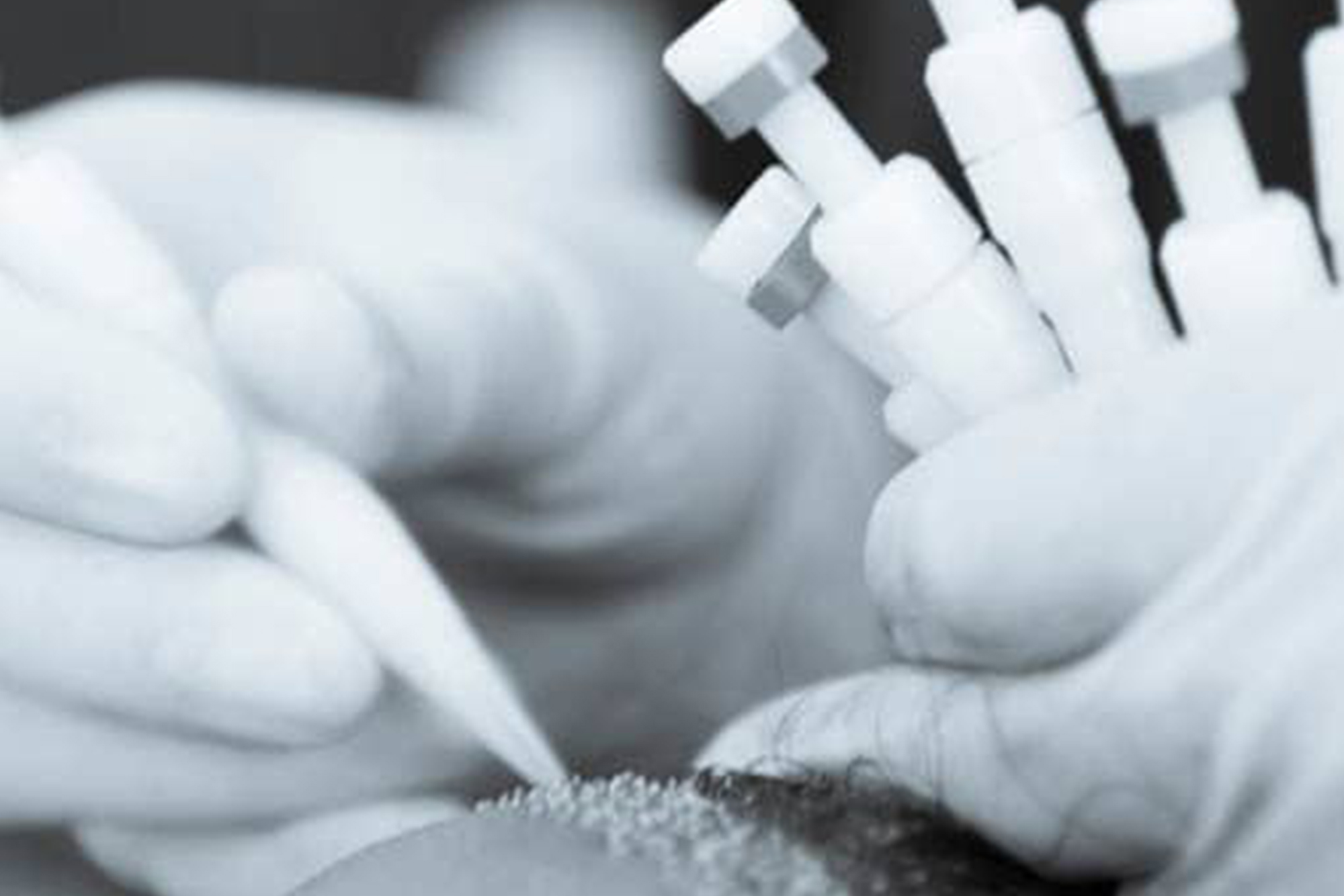
DHI HAIR TRANSPLANT
The DHI (direct hair implant) method is one of the recent developments in the field of hair transplantation. Similarly, to FUE, it leaves no visible scarring and provides natural looking successful results. While the harvesting process is similar to FUE, there are a few differences that should be noted. DHI method is a FUE hair transplant method and the main difference between this method and traditional FUE is the way hair follicles are being implanted. During an FUE hair transplant, incisions are created prior to implantation. During DHI on the other hand, the incisions and implantation are combined. Hair follicles are extracted and then embedded directly into the recipient areas without the need to first create the incisions for the follicles. This is performed by a special tool known as a Choi Implanter Pen. In terms of surgery success rates, according to many surgeons there’s virtually no difference as both FUE and DHI’s success rate is up to 95%.
How is DHI hair transplant performed?
The hair follicles are extracted one by one using a special punch, similarly to FUE. The hair follicles are then loaded into the implanter tool (Choi Implanter Pen) and the Choi pen is able to contain 1 to 4 hair follicles which are inserted directly into the recipient area when the plunger is pressed. Thus, during DHI, the creation of the incisions and the implantation is performed simultaneously. The Choi Implanter Pen enables more precision while implanting the hair follicles which allows better control of the angle, direction, and depth of the transplanted hair. The recovery process for DHI is similar to FUE and the final results typically takes between 12 months to appear.
Advantages of DHI hair transplant
- The Choi Implanter Pen enables the hair tissue to be placed well, thus there is a low risk of scars.
- The DHI hair transplant method do not require any incision
- The Choi Implanter Pen controls the depth, angle and direction of the hair follicles.
- The DHI method is a safe procedure with a low risk of complication.
- Reduced bleeding during the creation of the incisions
Disadvantages of DHI hair transplant
- The DHI hair transplant is a more precise procedure and requires extreme attention and accuracy. This increases the cost of the technique.
- Both the physician and the medical staff should go through a serious long-term training in order to specialize in the DHI method. Thus, the expenses are greater than the traditional FUE transplant.
Recovery and results
Following a DHI hair transplantat, the first few days after the surgery the patient can expect mild swelling in the forehead area which usually begins on day three and will completely dissolve in a few days. The patient also develops small blood crusts at the transplanted area and these are expected to fall out completely 10 days after the procedure.
The patient is expected to resume his/her daily activitis within 48 hours of the surgery, however strenuous activities needs to be avoided for up to 4 weeks following your surgery. Shedding of the implanted hairs is to be expected within a couple of weeks after the procedure, and will then begin to re-grow after 3-4 months. The final results will typically be seen 12 months after the procedure, however by the fifth to sixth month the patient can expect to see considerable new growth. At WorldClinica we provide all of our patients with an after-care kit that include necessary supplies such as shampoo, foam, neck pillow, antibacterial cream, pain-killers and antibiotics.

Quick support
24 Hour
Haır Transplant
Assistance
You can reach us from our 24/7 whatsapp line.
Service Recipient Says







